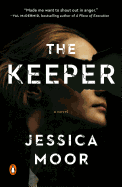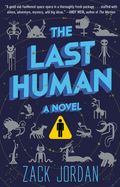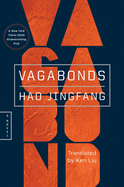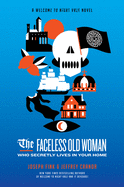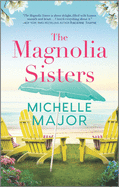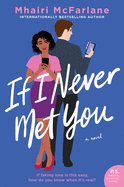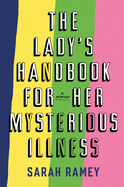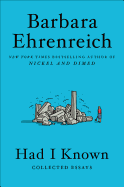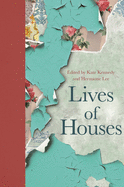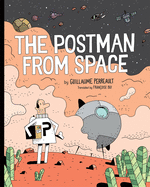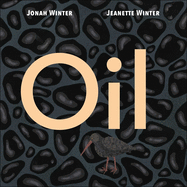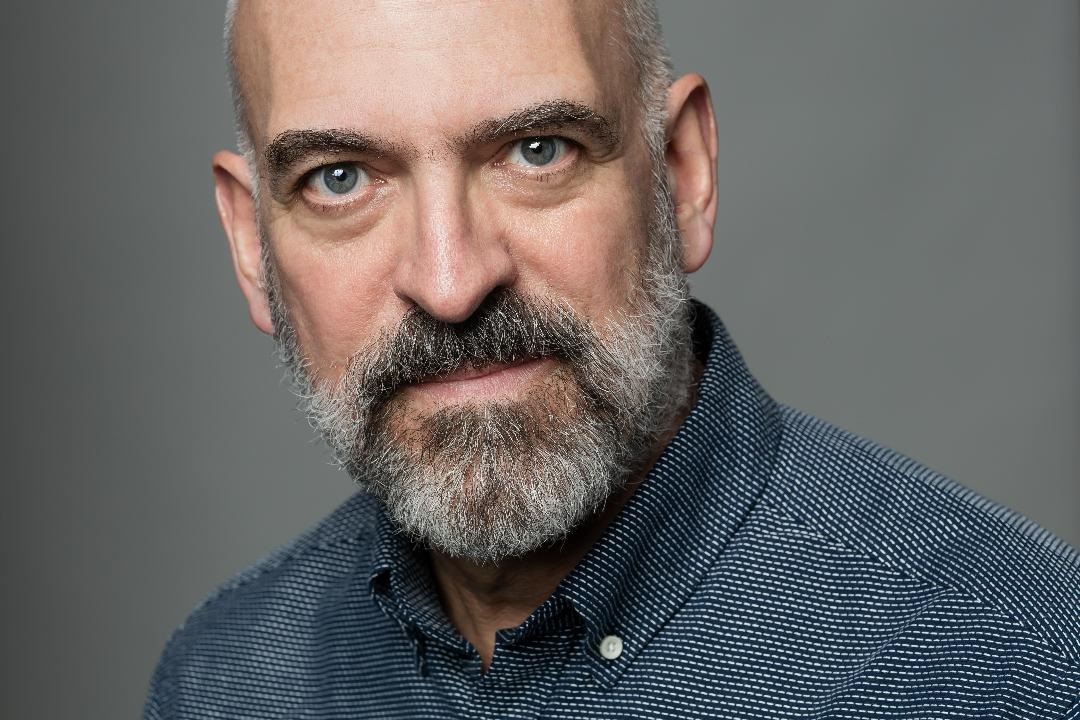 |
| photo: Beowulf Sheehan |
Paul Lisicky's work has appeared in the Atlantic, Conjunctions, the New York Times, Ploughshares, Tin House and many other publications. He was a 2016 Guggenheim Fellow, and has received awards from the National Endowment for the Arts, the James Michener/Copernicus Society and the Fine Arts Work Center in Provincetown, Mass., where he has served on the Writing Committee since 2000. He is the author of Lawnboy, Famous Builder, The Burning House, Unbuilt Projects, The Narrow Door: A Memoir of Friendship and Later: My Life at the Edge of the World (reviewed below), available now from Graywolf Press. Lisicky teaches in the MFA program at Rutgers University and lives in Brooklyn, N.Y.
How do you write a memoir about events nearly 30 years ago?
In many ways I've been writing this story over and over. At the center of my first two books is the prospect of AIDS and HIV. My third book is about characters who are dealing with an unnamed illness, the fourth is about dementia, and the fifth has cancer at the center of it. I think this material has been a part of my imagination for my entire adult life, and there came a point where it seemed crucial to get it to the page. I don't think that those early years in Provincetown ever felt very far away to me. My friend Polly and I continue to talk about those events with regularity. Honestly, I think those days are firmer and more precise in my imagination than any other time before or since. If you asked me to write about Provincetown from 1996 onward, after protease inhibitors changed the landscape of AIDS for people who could afford them, my memories would be far more diffuse. But there was something about that window of time between 1991 and 1994 that continues to be sharp and bright and italicized to me. It's so fascinating how memory works, and how much more is stored and alive in the imagination than you know.
How do you navigate writing about the lives of other people?
I don't write about anyone who I don't love very deeply, even though it might not always look like it. I'm drawn to people who are super vivid and complicated. I think it's a sentence-by-sentence matter. If I'm aware of saying something that feels like it has more power over the subject than I should have, then I stop and process and think. There isn't a simple answer, because largely it's about paying attention to my intuition. It also involves showing the work to the people who appear in the pages. At least three of the people who appear in the book have seen the book and have vetted and approved everything I've written. It's important to tell people, Look, I really love you. Some of the material here might be difficult, it might feel like it invades your privacy or puts down observations you don't want to hear, but we can talk about that. It's a matter of conversation first.
Is there a trick to writing beautifully about sad subject matter?
It's not even something I think about. I could not write this book without folding in the landscape of Provincetown. Not just the topographical landscape, but the people on the streets, their interest in clothing, display, performance--all of that feels like it's a part of this story. I think when one is writing about illness one is also writing about life. Life at the precipice can be super intense: it turns up the volume on the everyday. And that might be experienced as beauty by the reader, but as I'm writing I'm not terribly conscious of that quality.
It's a book about surviving day to day, and how people take care of each other and check in on one another. And joy did not at all feel slight in those times. Joy was an aspect of participation, and those people in that community felt the need to draw life and joy and community out of one another. I think that's one of the reasons why I felt compelled to write the book, because community and belonging got people through those times.
The book has a life of its own. I want to write something that feels more acute, more conscious than my usual everyday thinking mind. I'm trying to write something that teaches me as I write it.
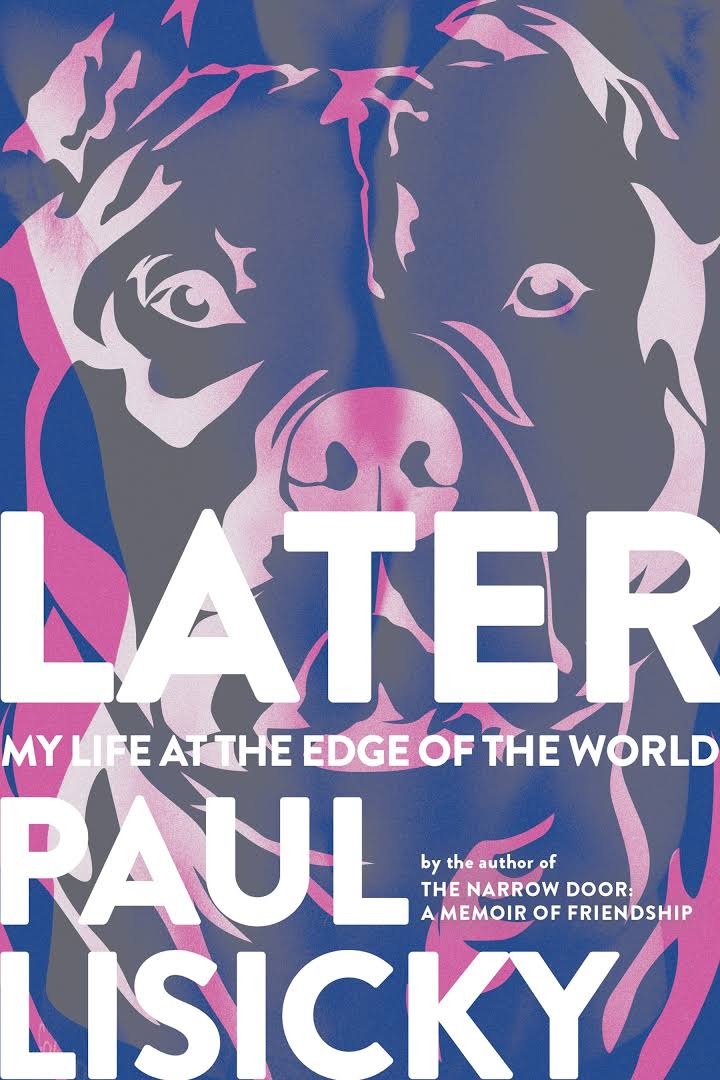 How is writing your sixth book different from writing your first or second?
How is writing your sixth book different from writing your first or second?
The first or second felt so tentative. I had no structural confidence. I didn't know how to think about my work outside of the landscape of the individual sentences. And I don't think that's necessarily a bad thing, but over the years I've developed some chops in terms of how to think about how one scene may dialogue with the scene after it. I'm aware of building a conversation from passage to passage over the book, developing a passage around an image or metaphor that might speak to one that follows. I feel I have much more structural confidence and much more awareness of the book, any book, as a whole. I'm as excited about the macro elements of putting a book together as I am the sentences.
I learned a lot from The Narrow Door, which couldn't follow a linear structure. When I tried to write that book in a linear fashion, it simply didn't work. It wasn't able to hold the simultaneous stories that that fed one another in my imagination. I had to write that in a way that was faithful to how my mind moved. That was tremendously freeing and an educational experience. It was teaching me how it needed to be written.
Is this a timely book?
I hope it is. I'm still taken with the idea of community at the center of this book. I don't feel like I'm in a world where community takes care of me the way it took care of me then. It was a world that instantly felt welcoming, and not too much. In a world before social media, faces and gestures and simple kindnesses did a lot to sustain life. Life has not been that way for me since, and I suspect it isn't that way for most of us. Most of our casual interactions happen through social media, the world of online. I wanted to write a book that thought about what we don't have right now. And that's not in any way to idealize the world at the center of Later, because that's a world that was under siege day by day--it would be wrong to sentimentalize that period and think about it with nostalgia, because those were rough, rough times. But they were also times of deep tenderness and affection and looking out for one another. I needed to examine that world and bring it to the page, and offer readers another possibility of living. What don't we have in our lives right now, and what could we have if we were lucky enough to organize them around a participatory life?
What's next?
I'm working on a book about my father, or fathers in general. He's a vivid and complicated character--you got to see a little about him in Later--kind of scary and loving and completely unpredictable. Still thought of himself as young when he was 90 years old. He became more open, gentler, as he grew older, but not in a Pollyanna-ish way. A lot of life in that human. For a while that book was braided with Later but I realized that it needed a separate life. So I have a lot of material: it goes back to the structural question. I don't right now know how to shape it. It needs some boundaries to give it some cohesiveness. I have some ideas about it, but I'm excited about the fact that I still don't know, that I haven't found its glue. I have a kind of faith that I might not have had with earlier books. Once I find out the answer to this simple question, it's all just going to fall into place. --Julia Kastner, librarian and blogger at pagesofjulia
Paul Lisicky: Turning Up the Volume on the Everyday
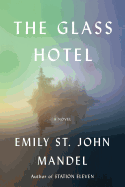 Emily St. John Mandel's novel The Glass Hotel (Knopf) periodically checks in, and out, and back into the isolated Hotel Caiette on Vancouver Island. I'm haunted by this exchange from a section set in 1999:
Emily St. John Mandel's novel The Glass Hotel (Knopf) periodically checks in, and out, and back into the isolated Hotel Caiette on Vancouver Island. I'm haunted by this exchange from a section set in 1999: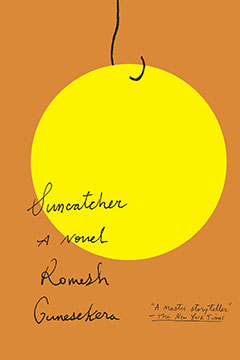 In Romesh Gunesekera's Suncatcher (The New Press), Sri Lanka is on the verge of societal upheaval. Young Kairo befriends a more privileged teenager, whose world of adventure is at once intoxicating, troubling and life-altering for someone who previously explored sanctuaries like a nearby second-hand bookshop, where "only one other person floated in that world: Mr. Ismail--a man with millions of words at his fingertips and a capacity for remaining silent at will."
In Romesh Gunesekera's Suncatcher (The New Press), Sri Lanka is on the verge of societal upheaval. Young Kairo befriends a more privileged teenager, whose world of adventure is at once intoxicating, troubling and life-altering for someone who previously explored sanctuaries like a nearby second-hand bookshop, where "only one other person floated in that world: Mr. Ismail--a man with millions of words at his fingertips and a capacity for remaining silent at will."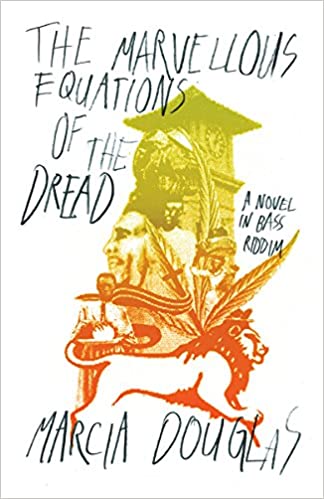 Jamaica and Bob Marley's spirit sing in the pages of The Marvellous Equations of the Dread: A Novel in Bass Riddim by Marcia Douglas (New Directions): "Watching Bob talk about the rain and the woman on the shop piazza with the criss-cross hand-middle, filled me with remembrance. Stories are that way. In little districts of Jamaica, they travel and reverb for generations."
Jamaica and Bob Marley's spirit sing in the pages of The Marvellous Equations of the Dread: A Novel in Bass Riddim by Marcia Douglas (New Directions): "Watching Bob talk about the rain and the woman on the shop piazza with the criss-cross hand-middle, filled me with remembrance. Stories are that way. In little districts of Jamaica, they travel and reverb for generations."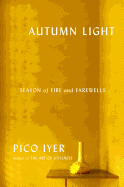 I'm rereading Pico Iyer's Autumn Light: Season of Fire and Farewells (Vintage) because it sings island songs, too: "We cherish things, Japan has always known, precisely because they cannot last. It's their frailty that adds sweetness to their beauty." Iyer also notes "the seasons cycling round so you can see the folly of trying to put a human period on a rushing stream." --Robert Gray, contributing editor
I'm rereading Pico Iyer's Autumn Light: Season of Fire and Farewells (Vintage) because it sings island songs, too: "We cherish things, Japan has always known, precisely because they cannot last. It's their frailty that adds sweetness to their beauty." Iyer also notes "the seasons cycling round so you can see the folly of trying to put a human period on a rushing stream." --Robert Gray, contributing editor



 How is writing your sixth book different from writing your first or second?
How is writing your sixth book different from writing your first or second? 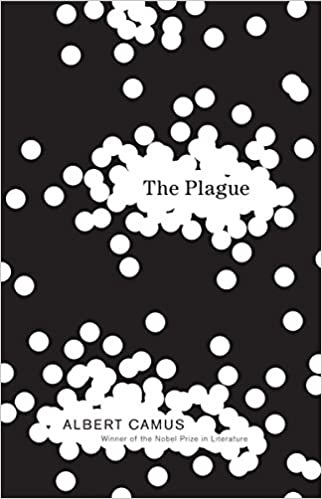 The Plague by Albert Camus takes place in the city of Oran in French Algeria during the 1940s, where a disparate cast of characters are quarantined during an outbreak of bubonic plague. Though the real Oran was free from plague in the 1940s, the city suffered a severe cholera epidemic in 1849 during French colonization and periodic plague outbreaks for centuries before that. Camus, born and raised in French Algeria, populates his ailing city primarily with Frenchmen: doctors, travelers, criminals, priests and others who suffer first from the city administration's slow response to the disease then under many months of quarantine. As the plague drags on, civil order degenerates, bodies continue to pile up, and Camus' characters are overcome with ennui in the sealed city. This classic work of existentialist literature is available in paperback from Vintage ($15, 9780679720218). --
The Plague by Albert Camus takes place in the city of Oran in French Algeria during the 1940s, where a disparate cast of characters are quarantined during an outbreak of bubonic plague. Though the real Oran was free from plague in the 1940s, the city suffered a severe cholera epidemic in 1849 during French colonization and periodic plague outbreaks for centuries before that. Camus, born and raised in French Algeria, populates his ailing city primarily with Frenchmen: doctors, travelers, criminals, priests and others who suffer first from the city administration's slow response to the disease then under many months of quarantine. As the plague drags on, civil order degenerates, bodies continue to pile up, and Camus' characters are overcome with ennui in the sealed city. This classic work of existentialist literature is available in paperback from Vintage ($15, 9780679720218). --
